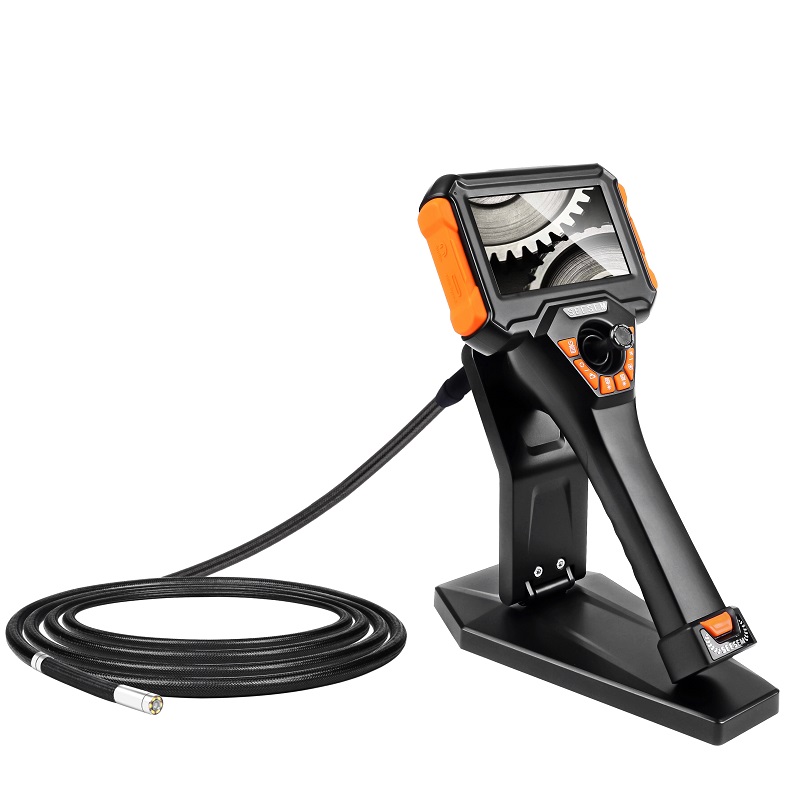Exploring the Components of an Industrial Videoscope
Introduction
Industrial videoscopes have revolutionized the way we inspect and analyze hard-to-reach areas in various industries, including manufacturing, aerospace, automotive, and more. These sophisticated instruments enable professionals to visually assess equipment, structures, and components without the need for disassembly. In this article, we will delve into the essential components that make up an industrial videoscope, highlighting their functionalities and contributions to modern inspection processes.
- Insertion Tube
The insertion tube is a crucial element of an industrial videoscope. It is a flexible, slender tube equipped with a high-resolution camera and lighting sources at its distal end. The insertion tube allows access to confined spaces, narrow openings, and curved pathways, making it possible to inspect areas that are challenging to reach otherwise. The flexibility of the tube enables it to navigate through complex structures while providing a real-time video feed to the operator.
- Camera Module
The camera module, located at the tip of the insertion tube, captures high-quality images and videos of the inspection area. Advanced videoscopes employ high-definition cameras that can deliver clear visuals even in low-light environments. These cameras are equipped with features such as autofocus, zoom capabilities, and articulation, allowing operators to focus on specific areas of interest and obtain detailed visual information.
- Illumination System
Illumination is paramount for accurate inspections, especially in dark or poorly lit spaces. Industrial videoscopes are equipped with built-in illumination systems, usually consisting of LED lights. These lights provide uniform and adjustable lighting to enhance visibility and enable operators to capture clear images and videos. Adjustable brightness levels further assist in adapting to different inspection environments.
- Articulation Mechanism
Many industrial videoscopes come equipped with an articulation mechanism in the insertion tube. This feature allows operators to remotely control the tip of the videoscope, enabling precise navigation through intricate pathways and angles. The articulation mechanism mimics the flexibility and movement range of the human wrist, granting operators greater control over the inspection process.
- Control Unit
The control unit serves as the command center for the industrial videoscope. It is a handheld device or a software interface that allows operators to control various functions of the videoscope, such as camera zoom, lighting adjustments, and articulation. Modern control units often feature intuitive touchscreens, user-friendly interfaces, and the ability to record, store, and share inspection data.
- Display Screen
The display screen, typically integrated into the control unit, provides real-time visualization of the inspection area. It allows operators to assess the condition of components, identify defects, and make informed decisions on maintenance and repairs. High-resolution screens with adjustable brightness and contrast contribute to an optimal viewing experience.
Conclusion
Industrial videoscopes play a vital role in streamlining inspection processes across industries by offering remote access to otherwise inaccessible areas. The combination of components such as the insertion tube, camera module, illumination system, articulation mechanism, control unit, and display screen empowers professionals to conduct thorough and accurate assessments. As technology continues to advance, industrial videoscopes are expected to become even more versatile, efficient, and integral to maintenance and quality control procedures.


